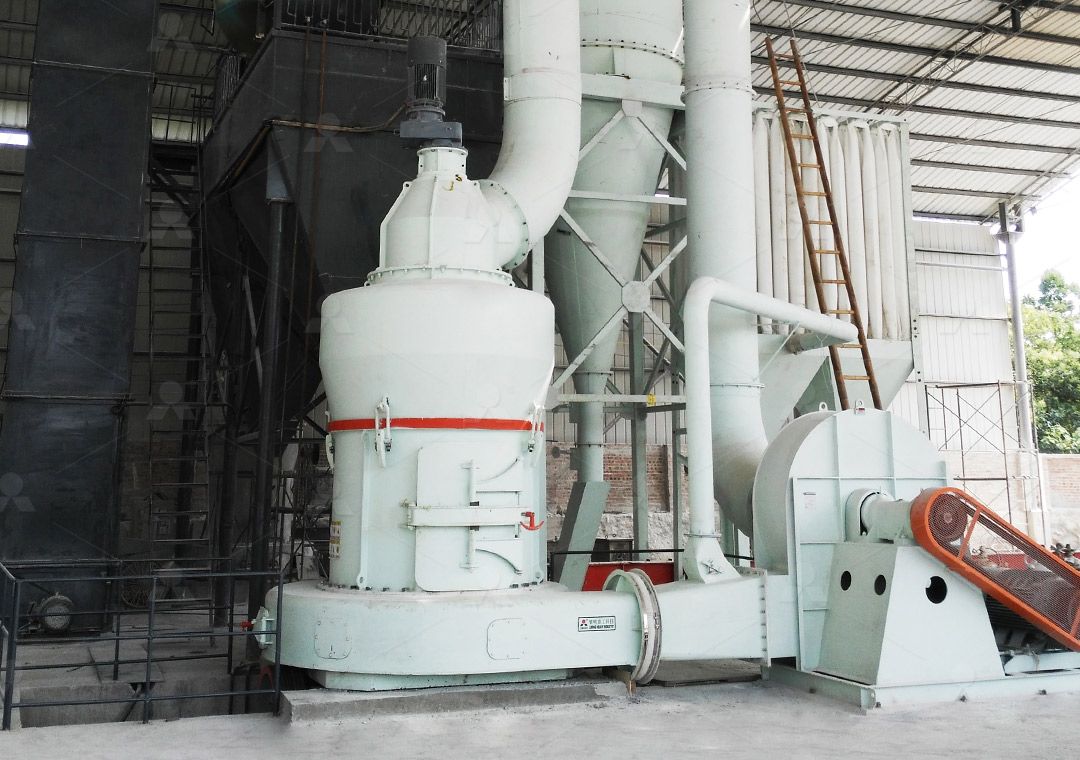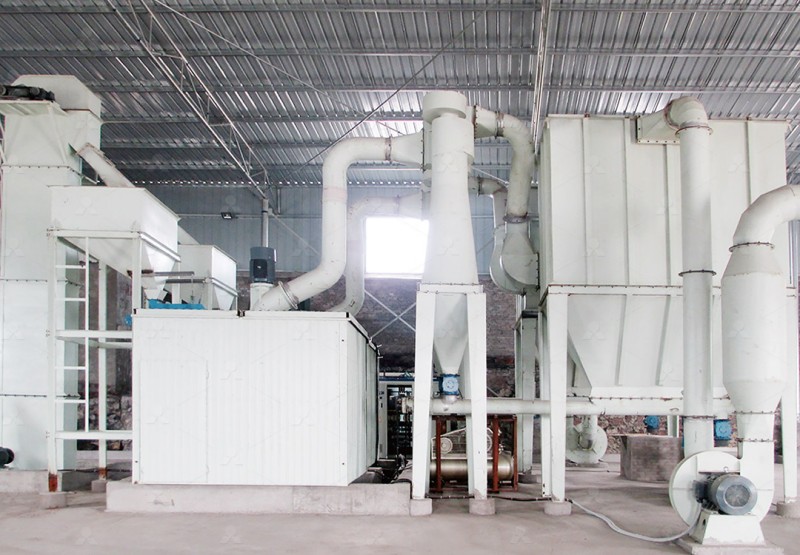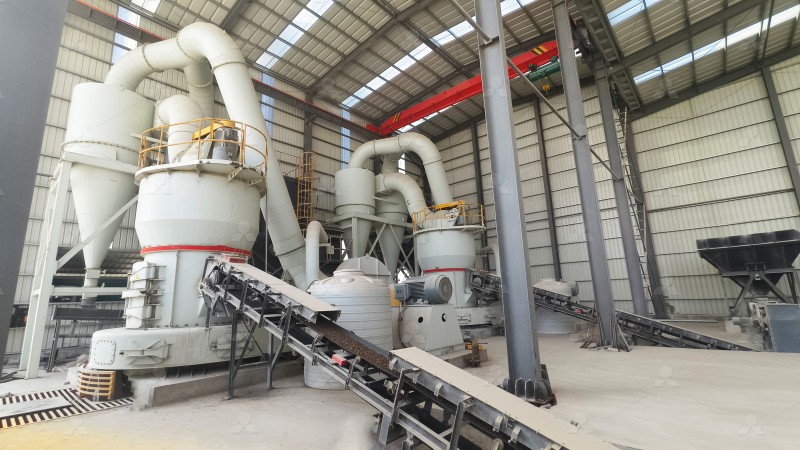Complete Set of Calcite Grinding Mill Plant Machinery
Complete Set of Calcite Grinding Mill Plant Machinery
Processing calcite into fine powder requires specialized grinding equipment that can handle its unique physical properties while maintaining efficiency and environmental compliance. A complete calcite grinding plant represents a sophisticated integration of crushing, grinding, classification, and collection systems designed to transform raw calcite into high-value powder products for various industrial applications.
The selection of appropriate grinding machinery depends on multiple factors including required fineness, production capacity, energy consumption targets, and final application specifications. Modern calcite processing plants have evolved significantly from traditional ball mill systems to more efficient vertical mills and specialized ultrafine grinding equipment.

Advanced Grinding Technologies for Calcite Processing
Contemporary calcite grinding solutions leverage cutting-edge engineering to achieve superior particle size distribution while minimizing operational costs. The transition from conventional grinding methods to advanced systems has revolutionized powder production, particularly for applications demanding ultra-fine specifications between 325-2500 meshes.
Two standout solutions in modern calcite processing are the MW Ultrafine Grinding Mill and LUM Ultrafine Vertical Grinding Mill. The MW series represents a significant advancement in ultrafine powder production, specifically engineered for customers requiring precise control over particle size distribution. With an input size capacity of 0-20 mm and production rates ranging from 0.5 to 25 tph, this system incorporates German cage-type powder selector technology that enables fineness adjustment between 325-2500 meshes with screening rates achieving d97≤5μm in a single pass.
What distinguishes the MW Ultrafine Grinding Mill is its innovative design that eliminates rolling bearings and screws within the grinding chamber. This architectural decision prevents common failure points and eliminates machine damage concerns from loose fasteners. The external lubrication system permits maintenance without production interruption, supporting continuous 24-hour operation that is essential for industrial-scale production.

Environmental Considerations in Calcite Grinding
Modern calcite processing plants must address environmental regulations while maintaining production efficiency. The integration of efficient pulse dust collectors and muffler systems has become standard in high-performance grinding equipment. These systems effectively contain particulate matter and reduce operational noise, ensuring compliance with stringent environmental protection standards.
The MW Ultrafine Grinding Mill exemplifies this approach with its comprehensive dust management system. The pulse dust collector prevents dust pollution throughout the entire milling process, while specialized silencers and noise elimination rooms maintain workplace safety standards. This environmental consciousness extends to energy efficiency, with the MW system consuming only 30% of the energy required by comparable jet grinding mills while delivering 40% higher production capacity.
Operational Excellence and Maintenance Considerations
Reliable operation and minimal downtime are critical factors in calcite processing profitability. Advanced grinding systems incorporate digital processing technologies with numerically controlled machine tools for precision manufacturing of core components. This manufacturing precision translates to extended service life and consistent performance under demanding operating conditions.
The strategic elimination of internal components prone to failure, combined with external maintenance access points, represents a significant advancement in grinding mill design. Operators benefit from simplified maintenance procedures and reduced service intervals, while comprehensive spare parts support ensures uninterrupted operation.

Frequently Asked Questions
What is the typical production capacity for calcite grinding systems?
Production capacity varies significantly based on the specific grinding technology and required fineness. For instance, the MW Ultrafine Grinding Mill offers capacities from 0.5 to 25 tph, while the LUM Ultrafine Vertical Grinding Mill handles 5-18 tph. Selection depends on both volume requirements and particle size specifications.
How does the MW Ultrafine Grinding Mill achieve its energy efficiency?
The MW mill incorporates newly designed grinding curves for the roller and ring assembly that enhance grinding efficiency. The system consumes only 30% of the energy required by jet grinding mills while producing 40% higher output, achieved through optimized mechanical design and advanced powder separation technology.
What environmental protections are integrated into modern calcite grinding plants?
Contemporary systems feature comprehensive dust collection using pulse technology, noise reduction through mufflers and specialized chambers, and full compliance with national environmental standards. The completely sealed grinding chamber combined with negative pressure operation prevents material escape and environmental contamination.
How is product fineness controlled in calcite grinding operations?
Advanced systems utilize German-developed cage-type powder selectors that provide precise separation control. The MW Ultrafine Grinding Mill, for example, allows fineness adjustment between 325-2500 meshes through multi-head selector configurations that can be tailored to specific production requirements.
What maintenance advantages do modern grinding systems offer?
Elimination of internal rolling bearings and screws in the grinding chamber removes common failure points. External lubrication systems enable maintenance without shutdown, while reversible structures in some models allow easy roller removal for inspection and component replacement, significantly reducing downtime.
